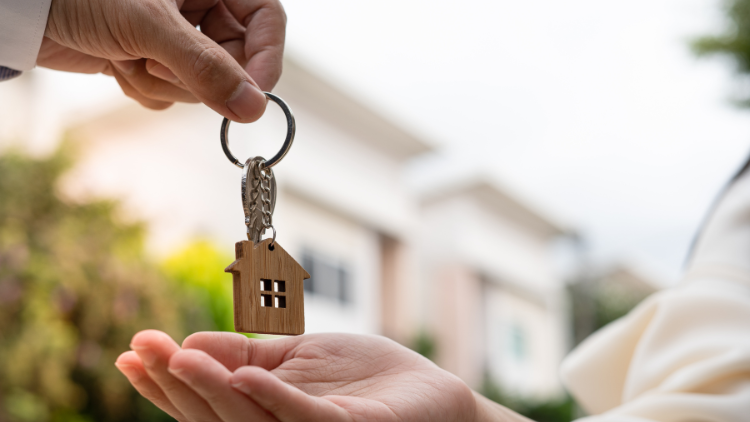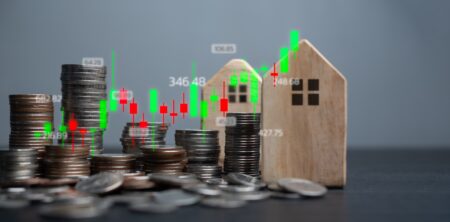
Making Tax Digital for Income Tax Self-Assessment (MTD for ITSA) will digitalise record-keeping and the provision of information to HMRC for income tax purposes. It will apply to landlords running unincorporated property businesses and to traders running unincorporated businesses (such as sole traders and partnerships with individual partners) progressively from 6 April 2026 (the 2026/27 tax year).
The start date will depend on combined business and property income. Once a landlord is within MTD for ITSA, they must remain in it, even if their income drops below the trigger threshold, unless their income is below the trigger threshold for three consecutive years. Where this is the case, they are permitted to leave.
Compliance with MTD for ITSA will necessitate the acquisition of MTD-compatible software.
Landlords running unincorporated property businesses should check their MTD for ITSA start date and ensure that they prepare sufficiently in advance so that they are ready to comply with the digital record-keeping and reporting requirements from their start date.
Nature of MTD for ITSA
The two key requirements for MTD are to:
- keep digital records of income and expenditure and
- use MTD-compatible software to submit returns to HMRC.
Landlords within MTD for ITSA will need to submit quarterly reports of income and expenses to HMRC using MTD-compatible software. They will also need to submit a final declaration. This will finalise the tax position for the year and is the stage at which reliefs and allowances are claimed.
Once a landlord is within MTD for ITSA, they will no longer need to submit a Self Assessment tax return.
MTD-Compatible Software
Landlords will need to use software that is compatible with MTD for ITSA in order to comply with their obligations. HMRC have indicated that free software will be made available which can be used by those with the most straightforward affairs. However, landlords and traders with more complex affairs will need to use commercial software. HMRC publish a list of commercial software that is MTD-compliant. The list can be found here:
www.gov.uk/guidance/find-software-thats-compatible-with-making-tax-digital-for-income-tax.
The software will enable the landlord to:
- create and store digital records of income and expenses in the correct format;
- make quarterly returns of income and expenses to HMRC;
- make the final declaration to finalise the tax position for the tax year; and
- receive information from HMRC, such as tax estimates.
Landlords can either opt for a single product that will meet all their requirements under MTD for ITSA, or more than one product which together meet the requirements.
There are different types of software for a landlord to choose from. Some packages will let the landlord create a digital record of their income and expenses, for example, by manually entering the information into the software. Alternatively, the software may connect to the landlords online bank account.
Landlords who currently use spreadsheets to keep their business records will still be able to do so. They will need to connect their spreadsheets with bridging software which works with MTD for ITSA and allows them to submit their digital returns to HMRC. The information must be transferred digitally from the records to the returns – it must not be entered manually.
The software must also be capable on making submissions to HMRC so that the landlord can submit their quarterly returns and final declaration.
Where a landlord uses an agent to submit some or all of their returns to HMRC, they should discuss their software requirements with their agent. For example, if the landlord creates digital records and submits their quarterly returns, but the agent submits the final declaration, the landlord will need software that meets this need.
Landlords who have registered for the MTD for ITSA pilot will need software that works for the 2025/26 tax year.



